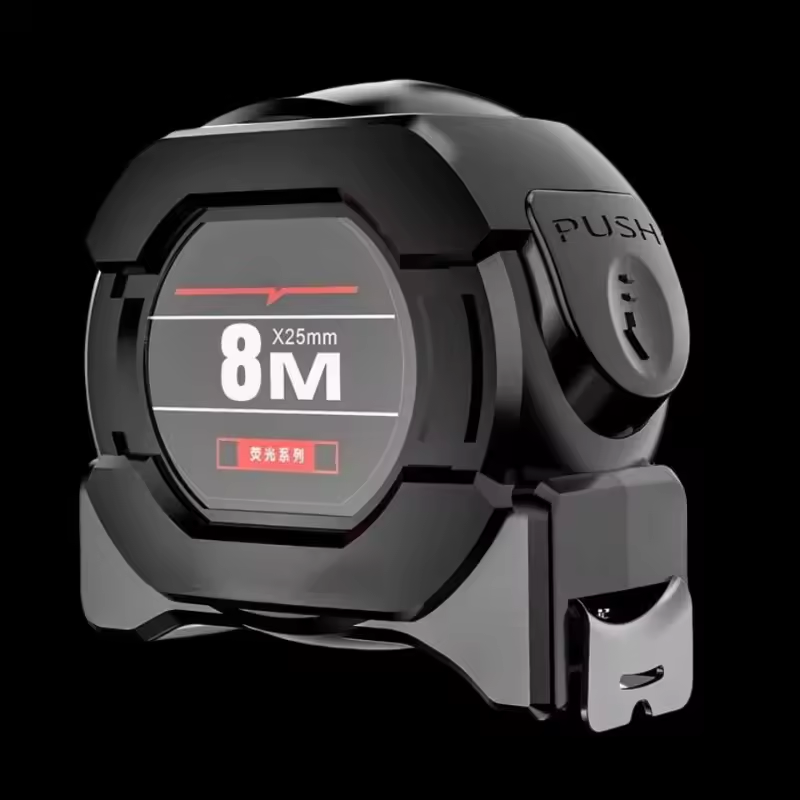
How to Read a Tape Measure: A Step-by-Step
Introduction to How to Read a Tape Measure
For anyone involved in construction, DIY projects, or even sewing, knowing how to read a tape measure is essential. A tape measure is a simple yet powerful tool that bridges the gap between planning and execution. However, many users struggle with interpreting the markings, especially when dealing with fractions or converting between imperial and metric units. Whether you’re a beginner learning how to read a tape measure for the first time or a seasoned professional refining your skills, this guide will break down the fundamentals in a clear, actionable way. By the end, you’ll confidently navigate tape measure with fractions, imperial vs. metric scales, and common measurement pitfalls.
Understanding the Basics of a Tape Measure
A tape measure is a flexible ruler with a retractable blade marked with units of length. The most common types include tape measure with fractions for imperial (inches) and metric (centimeters/millimeters) measurements. Here’s how to start:
- Imperial Units (Inches):
- The longest lines represent whole inches.
- Shorter lines denote fractions (e.g., ½”, ¼”, ⅛”).
- For example, what does 5/16 look like on a tape measure? It’s the second shortest line after ¼”.
- Metric Units (Centimeters/Millimeters):
- Centimeters are marked every 1 cm, with smaller lines for millimeters.
- 1 inch = 2.54 cm; most tape measures include dual scales for flexibility.
- Combination Tape Measures:
- Offer both imperial and metric markings, ideal for international projects.
- Look for clear, color-coded scales to avoid confusion.
- Specialized Markings:
- Some tape measures include additional markings for feet, yards, or decimal equivalents.
- For instance, a 12-inch (1-foot) mark may be labeled “1 ft” for quick reference.
How to read a tape measure begins with understanding these basic units and their visual representations. Start by familiarizing yourself with the scale layout and practicing with simple objects like a book or a piece of wood. This foundational knowledge will set you up for success in more complex projects.
Step-by-Step Guide to Reading a Tape Measure
Mastering how to read a tape measure requires practice. Follow these steps:
- Secure the Hook: Place the hook against a stable surface to prevent slipping. Ensure the hook is aligned with the edge of the object being measured.
- Extend the Blade: Pull the tape out until the desired mark is visible. Hold the tape taut to avoid sagging, which can lead to inaccurate readings.
- Read the Measurement: Align the tape with the object, ensuring it’s straight. For imperial measurements, identify the whole inches and then the fractional marks. For metric, note the centimeters and millimeters.
- Record the Data: Note the measurement in a notebook or digital app for reference. Use a pen or pencil to mark the object at the measured point.
- Retract Safely: Push the blade back into the case to avoid damage. Ensure the tape is fully retracted before closing the case to prevent kinks.
Avoid bending or twisting the tape to maintain accuracy. For example, when measuring a wall, ensure the tape is flat against the surface to avoid sagging. This attention to detail ensures your measurements are precise and reliable.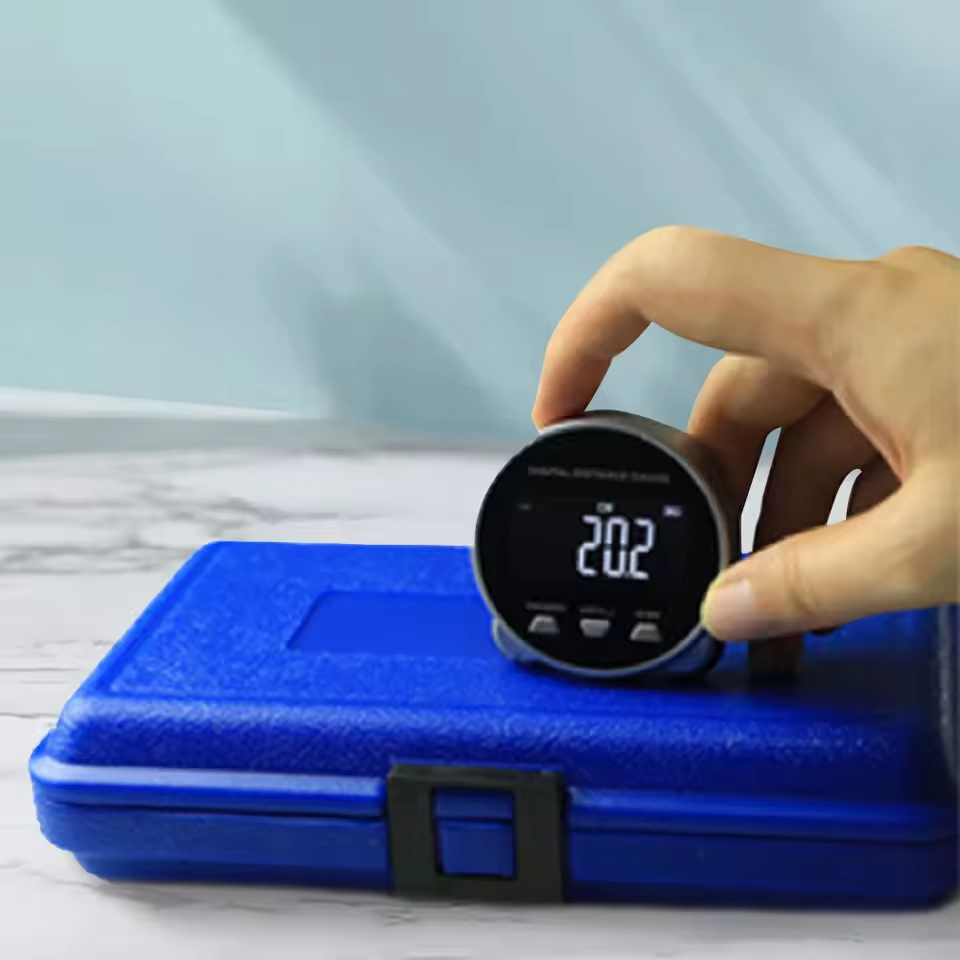
Common Challenges and How to Overcome Them
Even experienced users face challenges when reading tape measure markings. Here’s how to tackle them:
- Misreading Fractions: Confusing ⅜” with ⅝” can lead to errors in carpentry or plumbing. Use a magnifying glass for clarity.
- Forgetting to Account for Thickness: When measuring objects like wood or metal, include their thickness for precise cuts. For instance, if measuring a board’s width, ensure the tape accounts for the board’s edges.
- Using a Damaged Tape: Cracks or bent blades compromise accuracy. Replace worn-out tapes immediately to avoid miscalculations.
- Not Calibrating Regularly: Periodically check your tape measure against a known standard to ensure consistency. A simple way is to measure a ruler or a calibrated object.
- Ignoring Zero Offset: The hook’s tip may add or subtract a small margin—check the manufacturer’s specifications. For example, some hooks are designed to measure the outside edge, while others measure the inside.
Avoiding these pitfalls ensures reliable results. For instance, when cutting lumber, a misread fraction can lead to a piece that’s too short or long, causing delays and material waste. Always double-check your readings before making a cut.
Advanced Techniques for Precision
Once you’ve mastered how to read a tape measure, elevate your skills with these advanced tips:
- Measuring Angles: Use a protractor or angle finder alongside your tape measure for precise cuts. For example, when building a frame, ensure all corners are 90 degrees to maintain structural integrity.
- Checking Squareness: The 3-4-5 rule (3 ft x 4 ft x 5 ft) ensures corners are square. This technique is invaluable for laying tiles or constructing shelves.
- Measuring Curved Surfaces: Wrap the tape around irregular shapes for circumference readings. This is particularly useful in sewing or crafting.
- Using a Retractable Hook: Some tape measures have hooks that extend beyond the blade for measuring over edges. This feature is handy when working with pipes or beams.
- Calibrating for Accuracy: Professionals often calibrate their tools against certified standards for precision. For example, a contractor might use a laser level to verify tape measure readings.
Mastering these techniques elevates your skills. For instance, using the 3-4-5 rule can prevent costly mistakes in construction projects. Additionally, understanding how to measure curved surfaces expands your versatility in creative endeavors.
How to Read a Tape Measure for Beginners
If you’re new to how to read a tape measure, start with these foundational steps:
- Start with a Basic Model: Begin with a 25 ft (7.6 m) steel tape measure for general use. Avoid overly complex models until you’re comfortable.
- Practice Measuring Common Objects: Use household items like books, boxes, or furniture to build confidence in reading fractions and decimals. For example, measure the length of a book and compare it to a ruler for verification.
- Use a Digital Tape Measure for Complex Tasks: Models with LCD screens display measurements instantly. These are ideal for projects requiring high precision, such as installing cabinets.
- Mark Measurements Clearly: Use chalk, pencils, or laser markers for clean, visible lines. This is crucial when cutting materials like wood or metal.
- Store Properly: Keep the tape measure in a dry, secure location to prevent kinks or rust. A damaged tape can lead to inaccurate measurements, so proper storage is vital.
Beginners benefit from patience and practice. Start with small projects, like measuring a room’s dimensions, and gradually take on more complex tasks as your confidence grows.
Troubleshooting Common Tape Measure Issues
Even with practice, issues can arise when reading a tape measure. Here’s how to fix them:
- Blade Won’t Retract: Clean the reel and apply lubricant. Dirt or debris can cause the blade to jam.
- Blade is Bent: Straighten gently with pliers; replace if damaged. A bent blade can lead to inconsistent readings.
- Incorrect Readings: Compare against a known standard and recalibrate if necessary. For example, measure a 12-inch ruler to check accuracy.
- Hook is Loose: Tighten the screw or replace the hook to maintain accuracy. A loose hook can shift during measurements, leading to errors.
- Tape is Stuck: Use a hairdryer to loosen adhesive or replace the blade. Stuck blades can damage the tape or the object being measured.
Addressing these issues keeps your tape measure functional. For instance, a stuck blade can be frustrating during a time-sensitive project, so knowing how to resolve it quickly saves time and reduces stress.
Top Tools and Resources for Learning
To enhance your ability to read a tape measure, consider these tools:
- Online Tutorials: Platforms like YouTube offer visual guides for tape measure with fractions. Watching a video can clarify confusing markings.
- Measurement Apps: Apps like “Measure” or “Tape Measure Pro” provide digital alternatives. These are useful for verifying manual measurements.
- Workshops: Join local DIY classes to get hands-on experience. Practical sessions help reinforce theoretical knowledge.
- Practice Kits: Purchase a set of sample materials to practice measuring. This is ideal for beginners who want to experiment without risk.
- Books: Titles like “The Complete Guide to Measuring Tools” offer in-depth explanations. These resources can help you understand advanced techniques.
These resources reinforce your learning and build confidence. For example, an online tutorial might demonstrate how to measure a circular object, while a workshop could teach you to use a laser tape measure for large spaces.
Tape Measure vs. Other Measuring Tools
Understanding how a tape measure compares to other tools helps you choose the right one for the job:
- Ruler: Best for short distances but impractical for large projects. A tape measure is more versatile for longer measurements.
- Laser Measure: Ideal for large spaces but requires batteries. A tape measure is battery-free and more durable.
- Calipers: Perfect for small, precise measurements but not suitable for long distances. A tape measure is better for general use.
- Folding Rule: Rigid and limited in length, while a tape measure is flexible and extends further.
- Digital Tape Measure: Offers instant readings but may be more expensive. A traditional tape measure is cost-effective for most tasks.
Each tool has its strengths—choose based on your task. For example, a laser measure is ideal for a large room, while a tape measure is better for cutting lumber.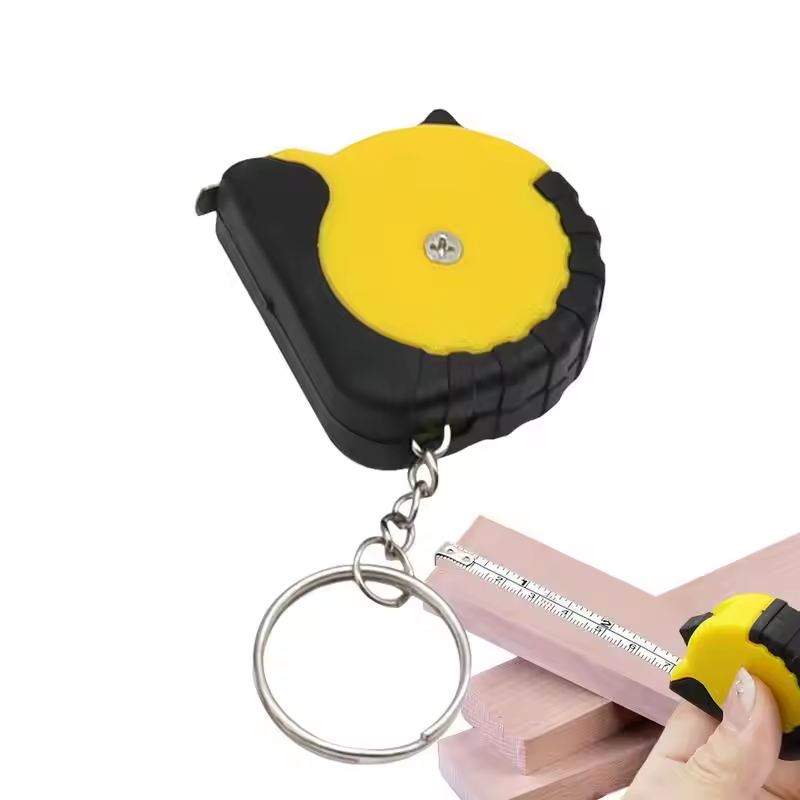
Conclusion: Mastering the Art of Measuring
A tape measure is more than a simple tool—it’s the foundation of precision in any project. Whether you’re a novice learning how to read a tape measure for the first time or a seasoned professional tackling large-scale construction, understanding your tape measure’s features and limitations is key. By investing in the right type, practicing proper techniques, and maintaining your tool, you’ll achieve consistent, error-free results. Upgrade your toolkit with a tape measure that meets your needs and unlocks new levels of accuracy!




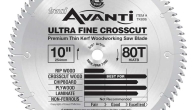



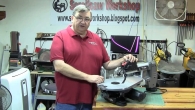
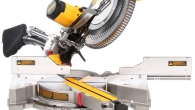

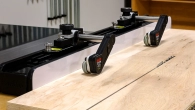
Leave a Reply